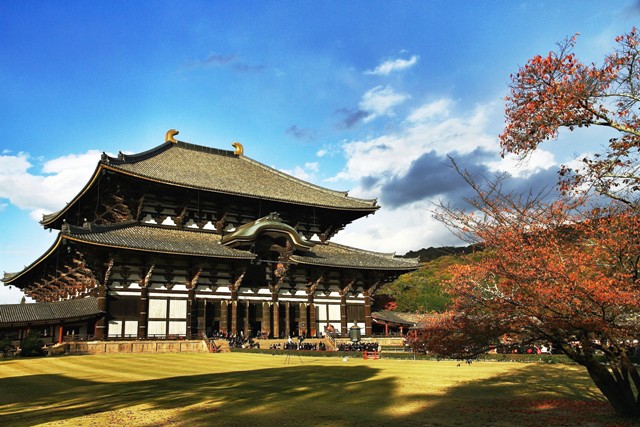On March 16th, 2013, JR East launched a new Shinkansen train, the EMU E6 series, "Super-Komachi". It is a so-called "Mini-shinkansen" train, which takes over the E3 series on the Tohoku and the Akita Shinkansen.
The E6 series is operated with a maximum speed of 300km/hour; meanwhile the E3 is designed to run at 275km/hour. Furthermore, JR East plans to raise the maximum speed of the E6 to 320km/hour early next year. The vivid colored body was very impressive. JR East calls this madder color "Japan Red".
After the debut of the E6 series, we could start to see the coupled train of the E5 + the E6 series at Tokyo Station (see the photos). The E5 has a green colored body; meanwhile, the E6 series is painted with the madder color. Both of the trains are glossy and beautiful. The spot of coupled state of the E5 and the E6 series always draws a crowd, who take pictures.
The E6 series is coupled and operated with the E5 series, "Hayabusa", from Tokyo to Morioka. The E6 is then detached after arriving at Morioka Station, and runs by itself to Akita, since the route between Morioka and Akita is constructed as a Mini-shinkansen. The coupled train is very long. The E5 is a 10-car train; meanwhile the E6 consists of 7 cars. Thus, a total of 17 cars are operated as one train.
The E6 series is operated with a maximum speed of 300km/hour; meanwhile the E3 is designed to run at 275km/hour. Furthermore, JR East plans to raise the maximum speed of the E6 to 320km/hour early next year. The vivid colored body was very impressive. JR East calls this madder color "Japan Red".
After the debut of the E6 series, we could start to see the coupled train of the E5 + the E6 series at Tokyo Station (see the photos). The E5 has a green colored body; meanwhile, the E6 series is painted with the madder color. Both of the trains are glossy and beautiful. The spot of coupled state of the E5 and the E6 series always draws a crowd, who take pictures.
The E6 series is coupled and operated with the E5 series, "Hayabusa", from Tokyo to Morioka. The E6 is then detached after arriving at Morioka Station, and runs by itself to Akita, since the route between Morioka and Akita is constructed as a Mini-shinkansen. The coupled train is very long. The E5 is a 10-car train; meanwhile the E6 consists of 7 cars. Thus, a total of 17 cars are operated as one train.







































